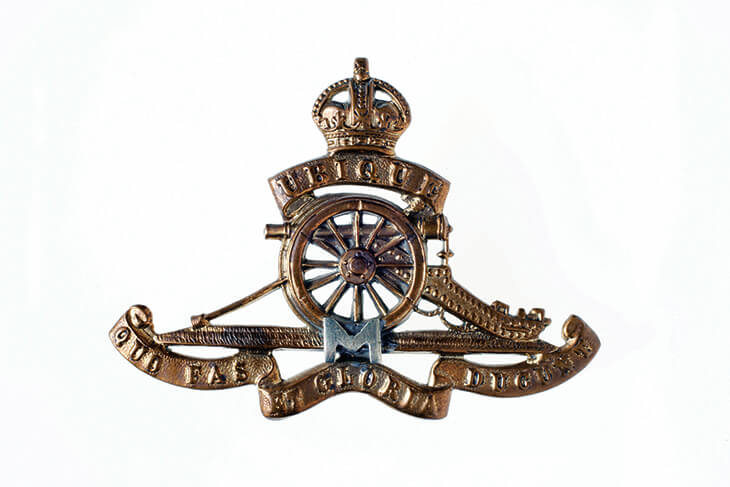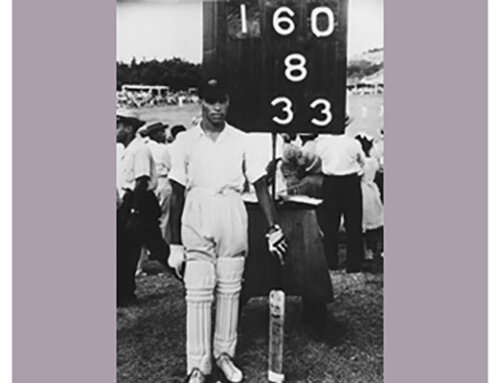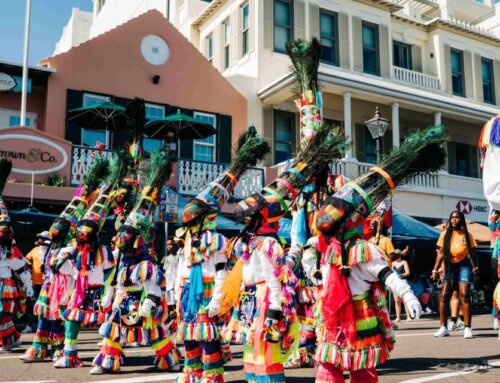Do you know about Cyril Chesterfield Eston & the World War I deployment of the Bermuda Militia Artillery?
By Horst Augustinovic
When the United Kingdom declared war with Germany on August 4th 1914, the Bermuda Militia Artillery was already in camp for their annual 41 days of training in St. George’s. There were 189 militia and 3 regular ranks, as well as 5 militia and 2 regular officers. By August 6th the B.M.A. moved to various designated stations and began digging positions. From January 1915 Captain T.M. Dill took command of the B.M.A.
In November 1915 news reached Bermuda that British military authorities would accept a Contingent from the Bermuda Militia Artillery and Captain Dill, together with Lieutenants S. Hamilton and H.C. Smith, as well over 100 men volunteered for overseas service. After intensive training the Contingent was attested in the Royal Garrison Artillery and ready for embarkation in late April 1916.
Known as the Bermuda Battery R.G.A., the Contingent left Bermuda on May 28th, 1916, and on arrival in Devonport, was immediately deployed to France where they arrived on June 24th. Consisting of 4 Officers and 206 other ranks, the unit was split into 4 detachments and deployed as follows: Major Dill at Bouzincourt; Lt. Hamilton at Raincheval; Lt. Smith at Soult Dump near Albert and 2nd Lt. Gosling at Corby sur Somme. They all took part in the attack on the Somme on July 1st, 1916.
Having fought on the Somme throughout the summer and fall of 1916, the Bermuda Contingent was moved to Abancourt to recuperate and later to Marseilles were it handled stevedoring and harbour work. In April 1917 the unit moved to Bruay and Villiers au Bois where it took part in the attack on Vimy Ridge on April 9th. The next move was to the 52nd Heavy Artillery Brigade at Le Don Camp near Ploegsteert on May 23rd where several men were wounded and gassed during the attack on Messines-Wytschaete Ridge on June 7th.
From mid-June to late-October the Bermuda Contingent was located between Brandhoek and Vlammertainghe, handling ammunition at the advanced dumps which were subject to shelling during the day and bombing at night, causing several casualties. Having been reinforced by 40 men, the unit was next moved to St. Jean near Ypres, working on ammunition supply in preparation for the attack on Passchaendaele. By mid-January 1918 the unit was moved to the rest station at Barentin near Rouen and in early July was again moved to the Front, at first to Aire and later to Belgium where it remained until the Armistice.
Field Marshall Sir Douglas Haig’s Report on the Bermuda Contingent of the Royal Garrison Artillery included the following: “They were employed on Heavy Ammunition Dumps and great satisfaction was expressed with their work. Though called upon to perform labour of the most arduous and exacting nature at all times of the day and night, they were not only willing and efficient but conspicuous for their cheeriness under all conditions.”
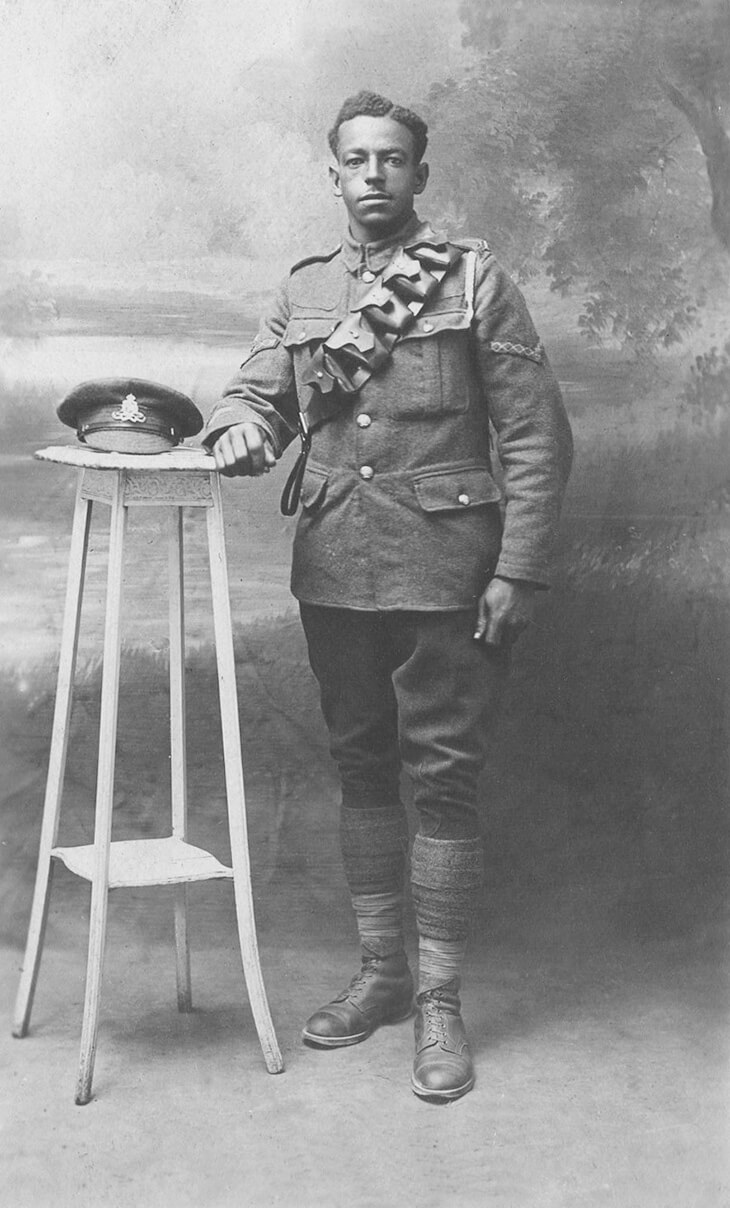
Cyril Chesterfield Eston, photographed in France
during World War I.
Cyril Chesterfield Eston was 17 years old when he joined the Bermuda Militia Artillery in 1914. This photograph, taken in France during the war, shows him with the single stripe of a Lance Bombardier to which he has added cross hatching, which was very fashionable at the time! He is wearing the 1907 Pattern Service Dress featuring box pleats on the breast pockets and reinforced ‘rifle’ patches on the chest, between the pockets and the epaulets. His bandolier is the 5 pouch version of the 1903 Pattern Leather Equipment. This was obsolete in the infantry by 1914 but was still issued to cavalry, artillery and engineers. Unusually he is wearing the securing strap for a second belt, which was worn around the waist with a ‘full set’ but which in practice had by this period been discontinued. With thanks to Martin Buckley for this detailed information!
Comments: horstaugustinovic1@gmail.com
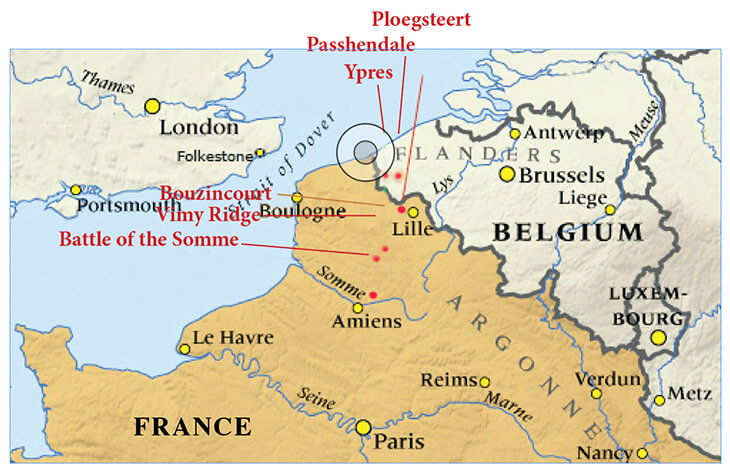
A map showing the locations where the Bermuda Militia Artillery was engaged in World War I.

